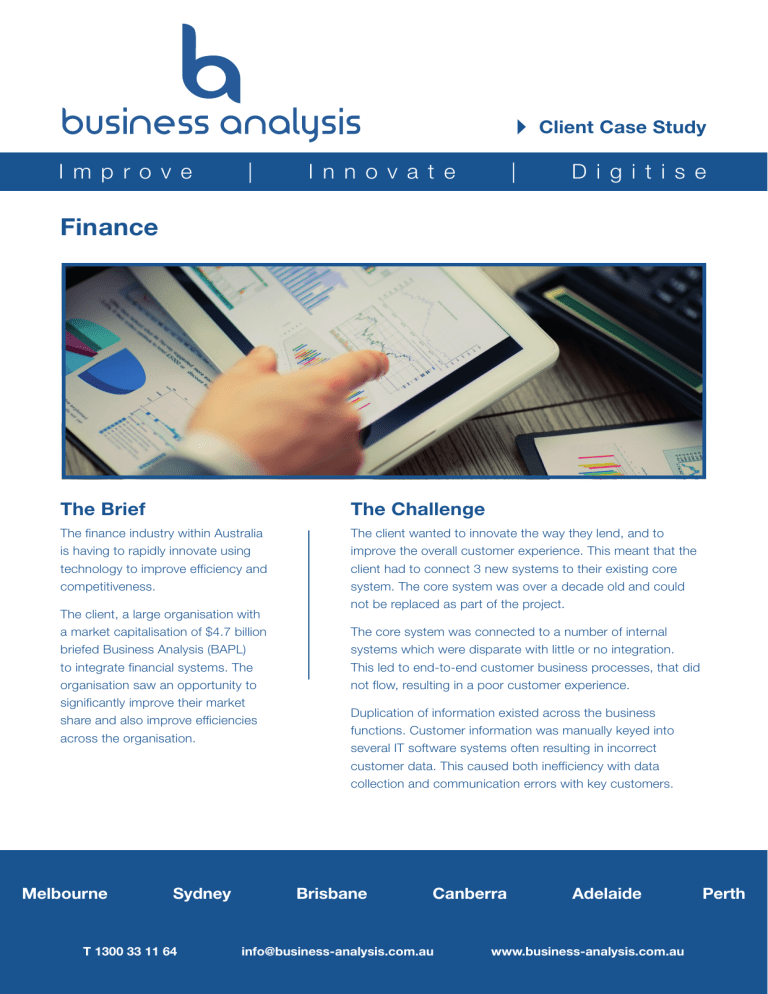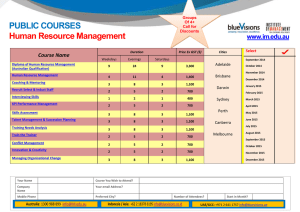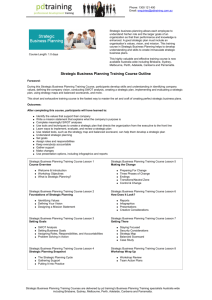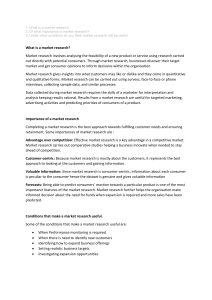
Client Case Study I m p r o v e | I n n o v a t e | D i g i t i s e Finance The Brief The Challenge The finance industry within Australia is having to rapidly innovate using technology to improve efficiency and competitiveness. The client wanted to innovate the way they lend, and to improve the overall customer experience. This meant that the client had to connect 3 new systems to their existing core system. The core system was over a decade old and could not be replaced as part of the project. The client, a large organisation with a market capitalisation of $4.7 billion briefed Business Analysis (BAPL) to integrate financial systems. The organisation saw an opportunity to significantly improve their market share and also improve efficiencies across the organisation. Melbourne Sydney T 1300 33 11 64 The core system was connected to a number of internal systems which were disparate with little or no integration. This led to end-to-end customer business processes, that did not flow, resulting in a poor customer experience. Duplication of information existed across the business functions. Customer information was manually keyed into several IT software systems often resulting in incorrect customer data. This caused both inefficiency with data collection and communication errors with key customers. Brisbane Canberra info@business-analysis.com.au Adelaide www.business-analysis.com.au Perth Client Case Study Our Approach With 10 years in-depth experience providing consulting services BAPL understand and are expert at working to improve organisational efficiencies especially using technology. Using process driven data requirements, we understand the complex finance environment and work with staff to design systems’ integration to provide reduced risks, improved data quality and reduced costs. BAPL’s role, was to collaborate with a large number of stakeholders as well as vendors across the organisation, gain consensus, develop specifications, vendor manage, pilot and deliver via an integration program. As the core system was used for all reporting across the organisation including regulatory and financial reporting it was imperative that the new systems did not impact existing reporting functionality at launch. In order to achieve this BAPL needed to understand not only the data in each system but how they were going to be integrated. This required detailed analysis to create a number of artefacts including the Logical Entity Relationship Diagrams, Data Dictionaries and finally a canonical model from source to target. The Outcome Some of the key successes: • Integration between complex IT systems • Improved end-to-end business processes • G reater alignment between the business and software • Reduction in duplicated data • Improved data quality resulting in improved reporting capability • P rovided a clear vision of the life cycle of data from the source system to target system Melbourne Sydney T 1300 33 11 64 Brisbane Canberra info@business-analysis.com.au Adelaide www.business-analysis.com.au Perth





